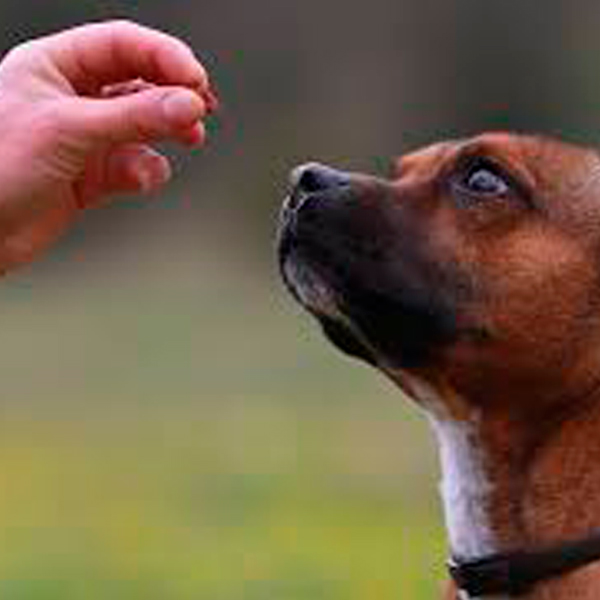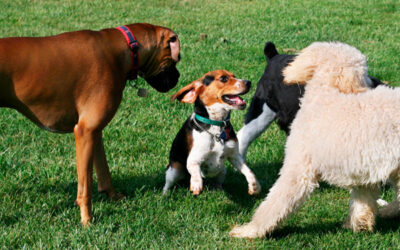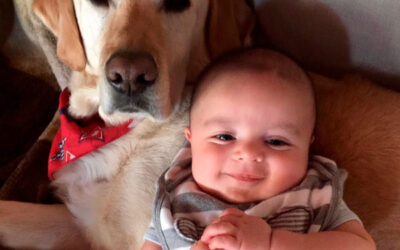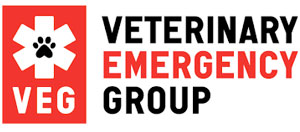Story by Jeremy Brown, The Complete Canine
Rescuing a new pet can be one of your most rewarding experiences. Planning ahead and preparing for your new family member can dramatically relieve stress for the whole family, furry friends included. The less stressed everyone is, the easier the new transition will be.
It is imperative that our expectations are realistic when bringing a rescue or foster into the home.
Rescuing a new pet can be one of your most rewarding experiences. Planning ahead and preparing for your new family member can dramatically relieve stress for the whole family, furry friends included. The less stressed everyone is, the easier the new transition will be.
It is imperative that our expectations are realistic when bringing a rescue or foster into the home.
- They may have accidents at first, or are afraid of things that you wouldn’t expect. Be understanding and patient, and give them time to adjust and feel secure.
- Sleeping more than expected is common. If they’ve been in a stressful environment, they are likely sleep deprived. Let them rest so they’ll feel comfortable in the new home.
- People often say you see their true behaviors a few weeks after you adopt them. Setting boundaries and expectations can help make this easier.
- I often tell my clients to get them on a consistent schedule to help spur better behavior faster.
- If other dogs or cats are in the home, you may need to allow extra time for adjustments and provide exercises and training to help guide the situation. Consult your trainer for advice.
- Notice abnormal behaviors? Consult a trainer or your vet if you have any concerns.
- Some things that you may need and how they can make it easier.
- Microchipping and Location Devices
- These can be a game changer, especially for those that are skittish or flighty. Microchipping will help identify your pet once they have been found. Most adopted animals have already been chipped by your local shelters. However, if they are not, you can easily have this done at a lower cost than ever before. Every veterinary facility offers this, and you will often find local low cost microchipping clinics and events. Microchips can be scanned and your information will be easily accessed. Only the size of a grain of rice, the microchip contains a registration number and the phone number of the registry for that particular brand of chip. A handheld scanner reads the chip and displays the information. Any animal shelter or vet clinic can scan your pet and contact the registry to access your contact information. It is very important that you register your pet and keep your information up to date with the microchip registry.
- With today’s technology, we have many other options. GPS tags and collars can access your pet’s exact location the moment they leave your home using your smartphone.
- Obedience Training can help you effectively communicate with your new pet and create a better bond and understanding of one another. Training can also be imperative in a rescue scenario depending on the situation. Group classes can be great because they’re around other people and animals, and they will learn to better deal with distractions.
- Private lessons with a trainer can be helpful. Having an expert to guide you through different and/or difficult situations can be what will keep them in their new and forever home!
- Crate Training – Find a safe place in the home that could be considered den-like. An area where there is less foot traffic is ideal and gives them their own space to decompress and figure out their new situation. Crates are not for everyone, but they can give your pet an area of their own to retreat to, to feel safe and secure. It may prevent your pet from getting into trouble when you are not with them. I like to feed them and have everything they need and love in that space. Crates are never used for punishment, but can drastically change or prevent negative behaviors.
- The size of this space is also important for their success, in fact, it is vital that it is only big enough for them to stand in, turn around and lay down. If they’re young and still have some growing to do, make sure you buy a crate that has a divider that will expand along with them.
- I also like to plan my days and try to have a consistent schedule to help them acclimate to their new home and new life.
- Choosing a Veterinarian and Groomer are important things to consider when preparing for your new furry family member. Looking at reviews, seeking referrals and interviewing these professionals is a great idea. The more information you have allows you to make more informed decisions.
- Enrichment Toys are important because they will keep your rescue from getting into trouble. Interactive toys can be another game changer. My favorites are Kongs, Starmark Treat Wheelers, Puzzles and different types of feeders that make them work for their treats.
- Healthy food and treats are important to consider before bringing a pet home and finding the best nutrition within your budget and their health is vital. Vets and trainers can give good recommendations! Treats are an important part of training, they encourage pets to follow your lead and learn how to do well in new situations. Finding a low-calorie treat is great. I use Zukes Mini Naturals. Having a “high-value” treat can help when they’re apprehensive or when learning something new. Hot dogs, cheese and beef liver treats are their favorites, but only in moderation and when needed. The value of these treats is less effective when used too often.
- If they destroy furniture and chew on things, they need access to chew toys that are safe when unsupervised, like a Kong stuffed the right way.
For more information and training contact The Complete Canine completecaninetucson@gmail.com













